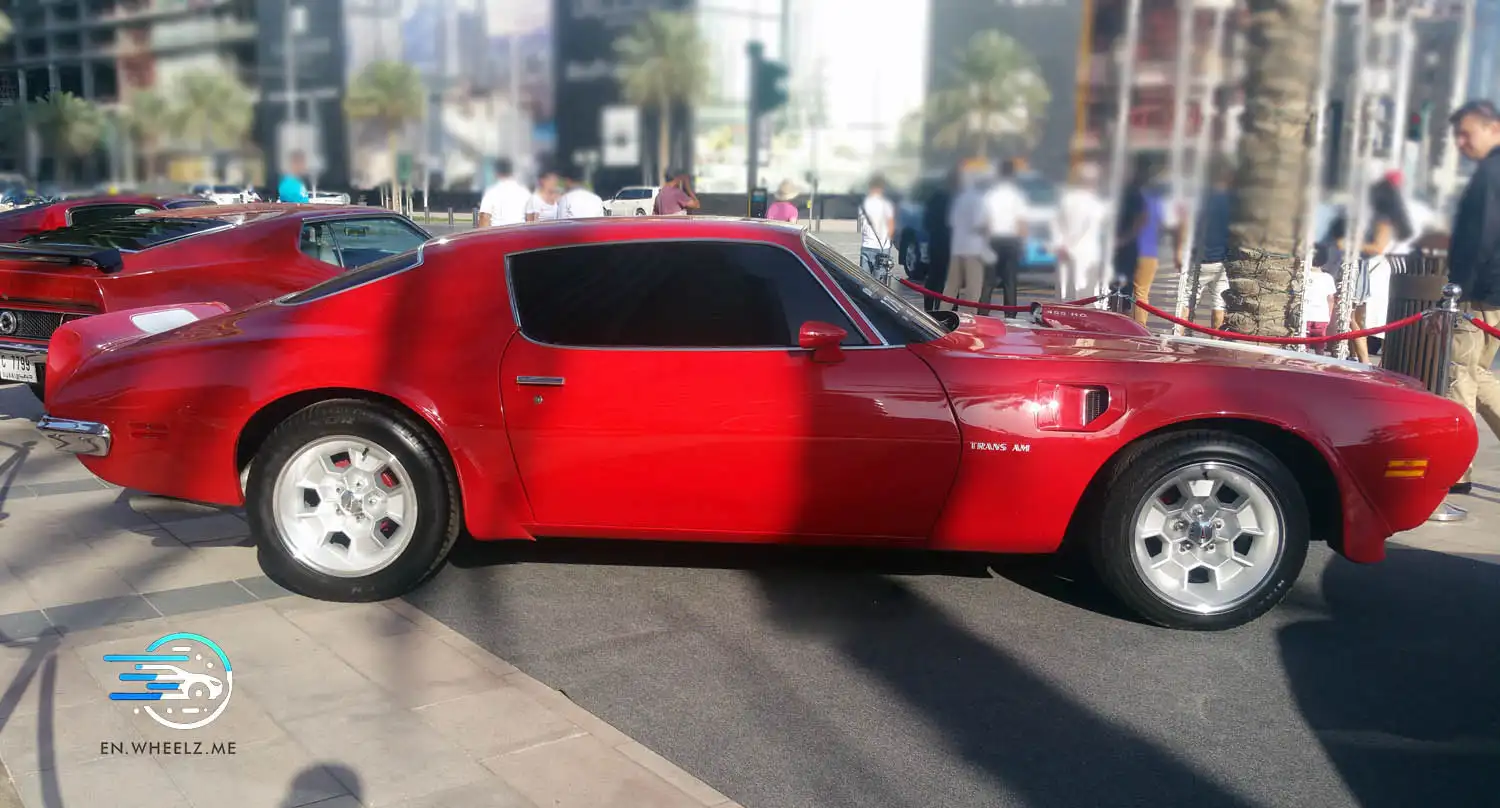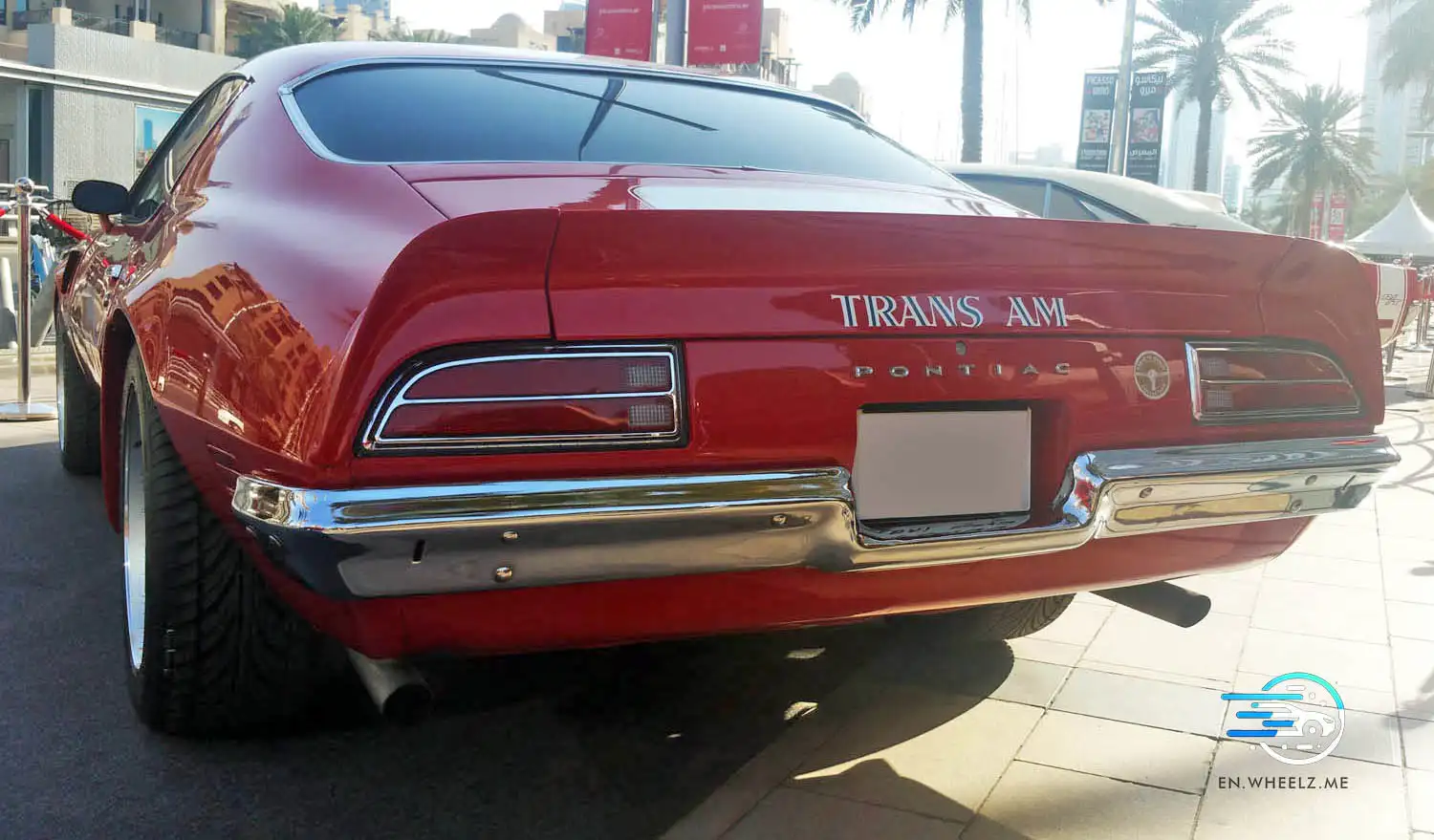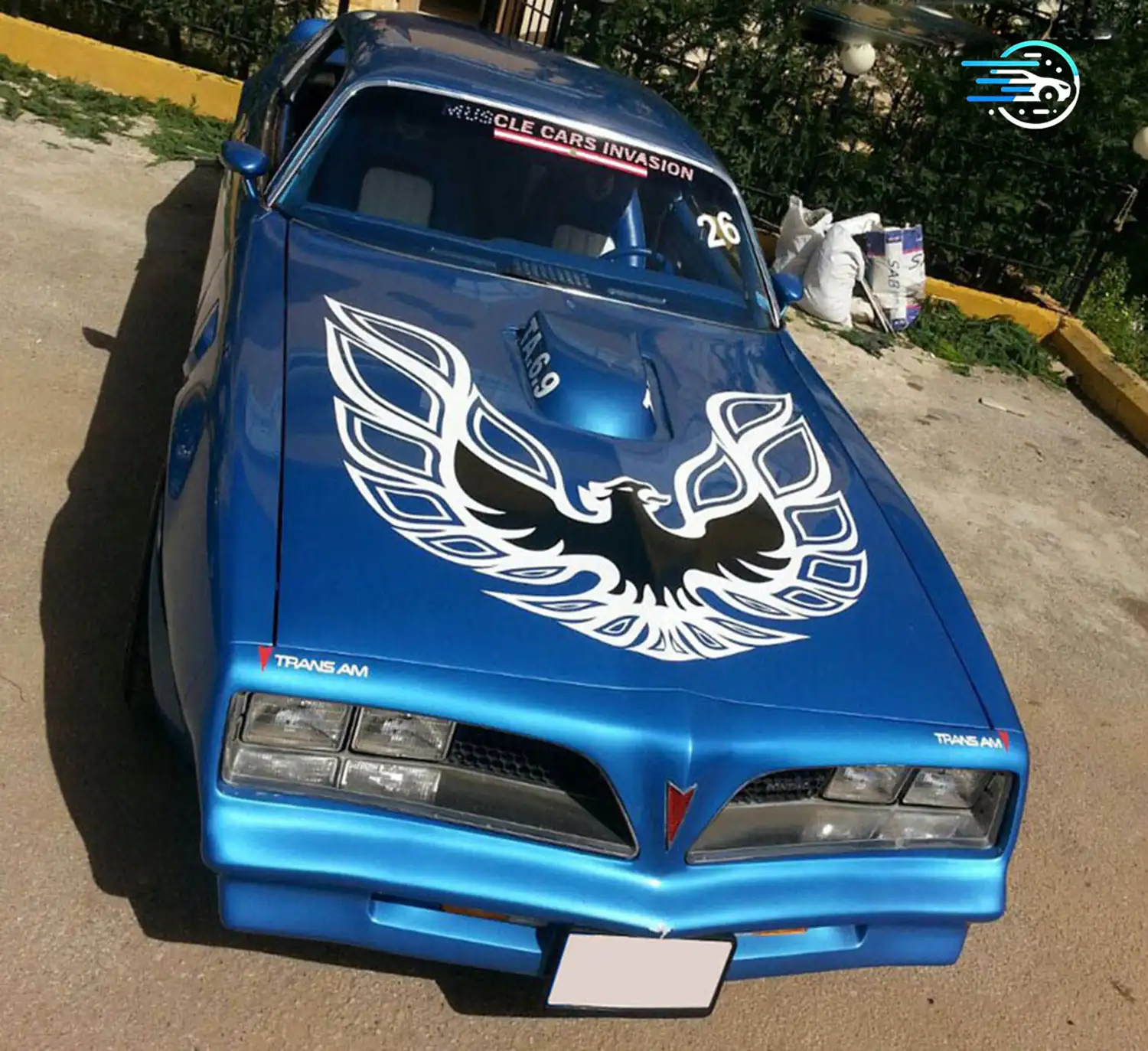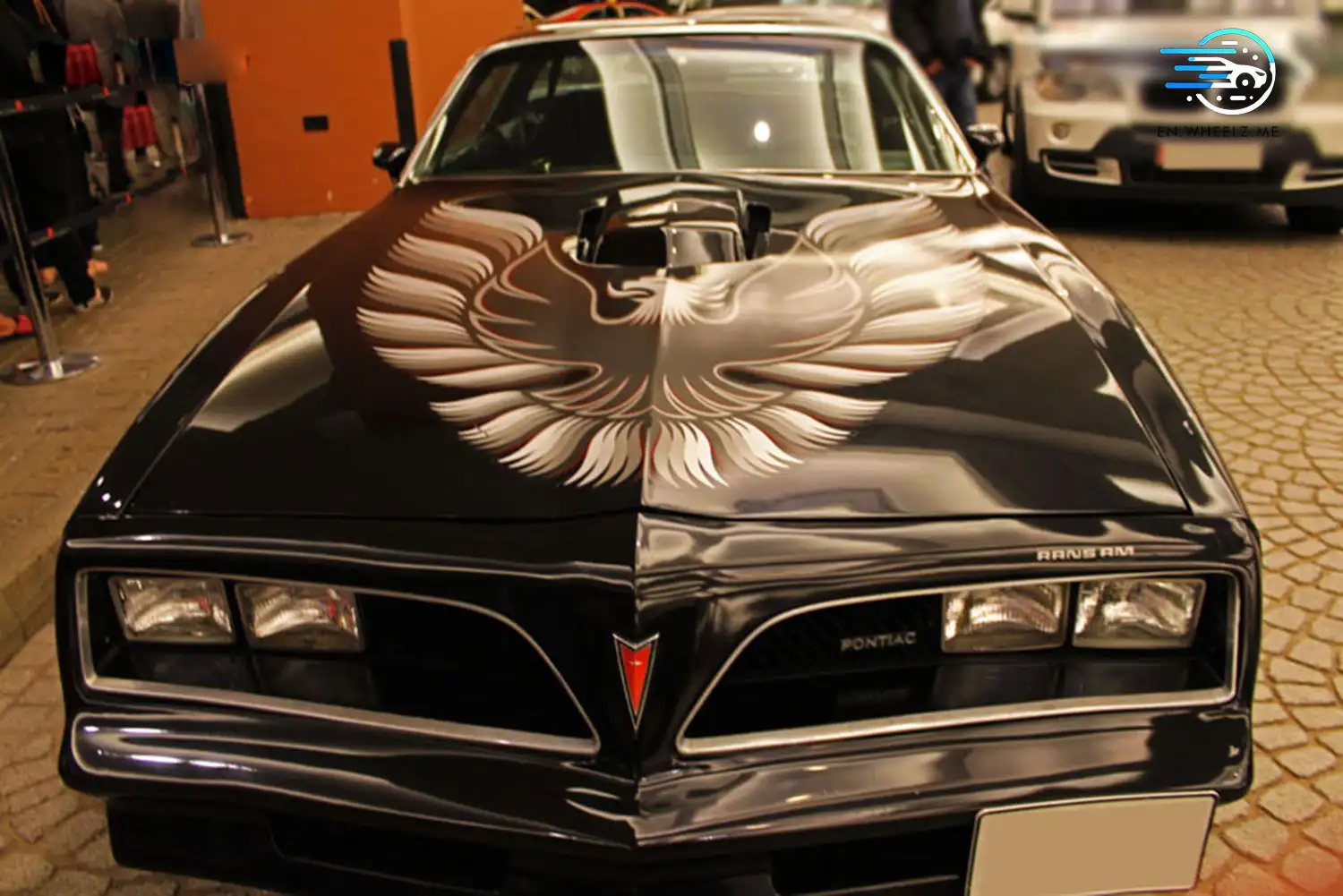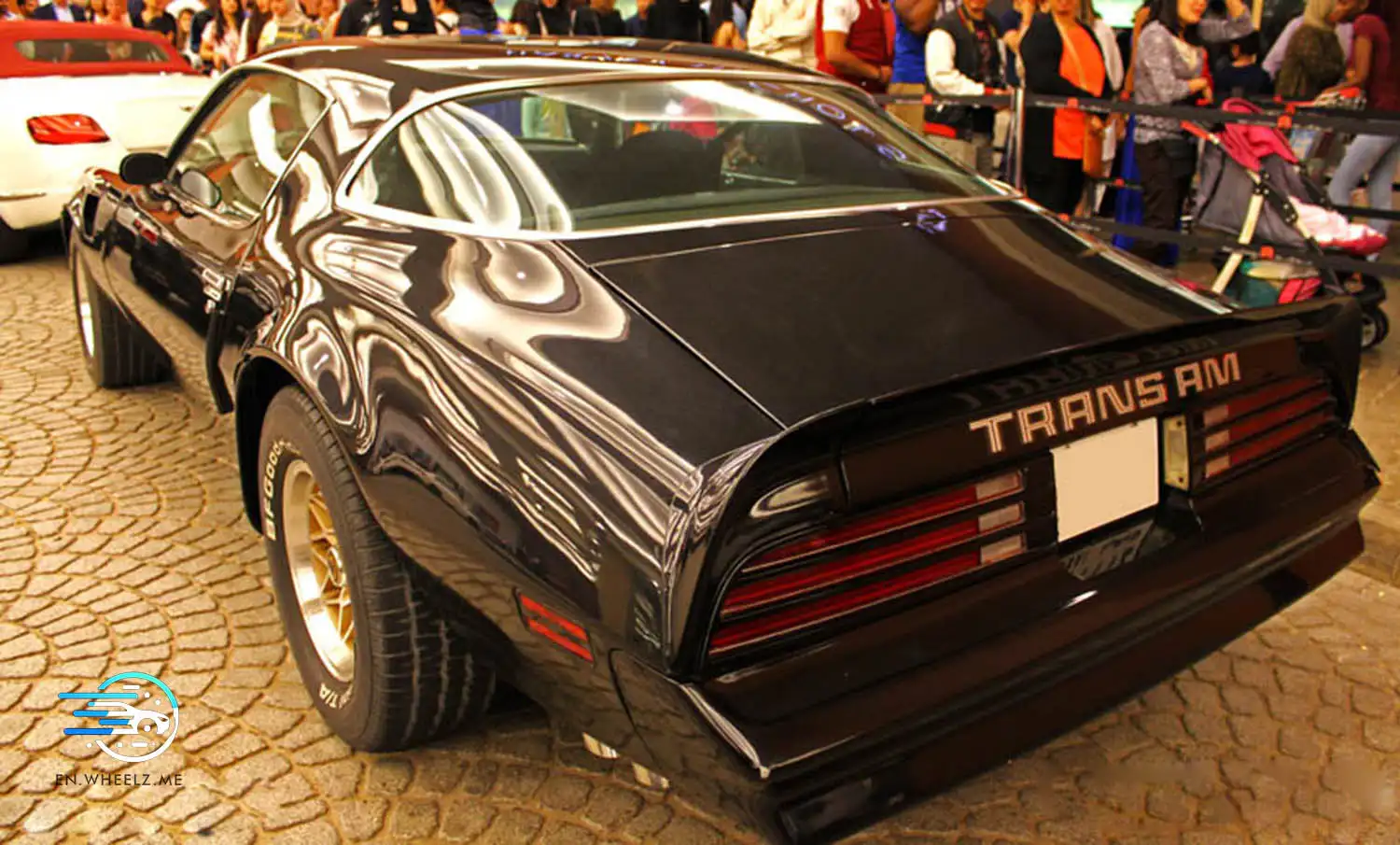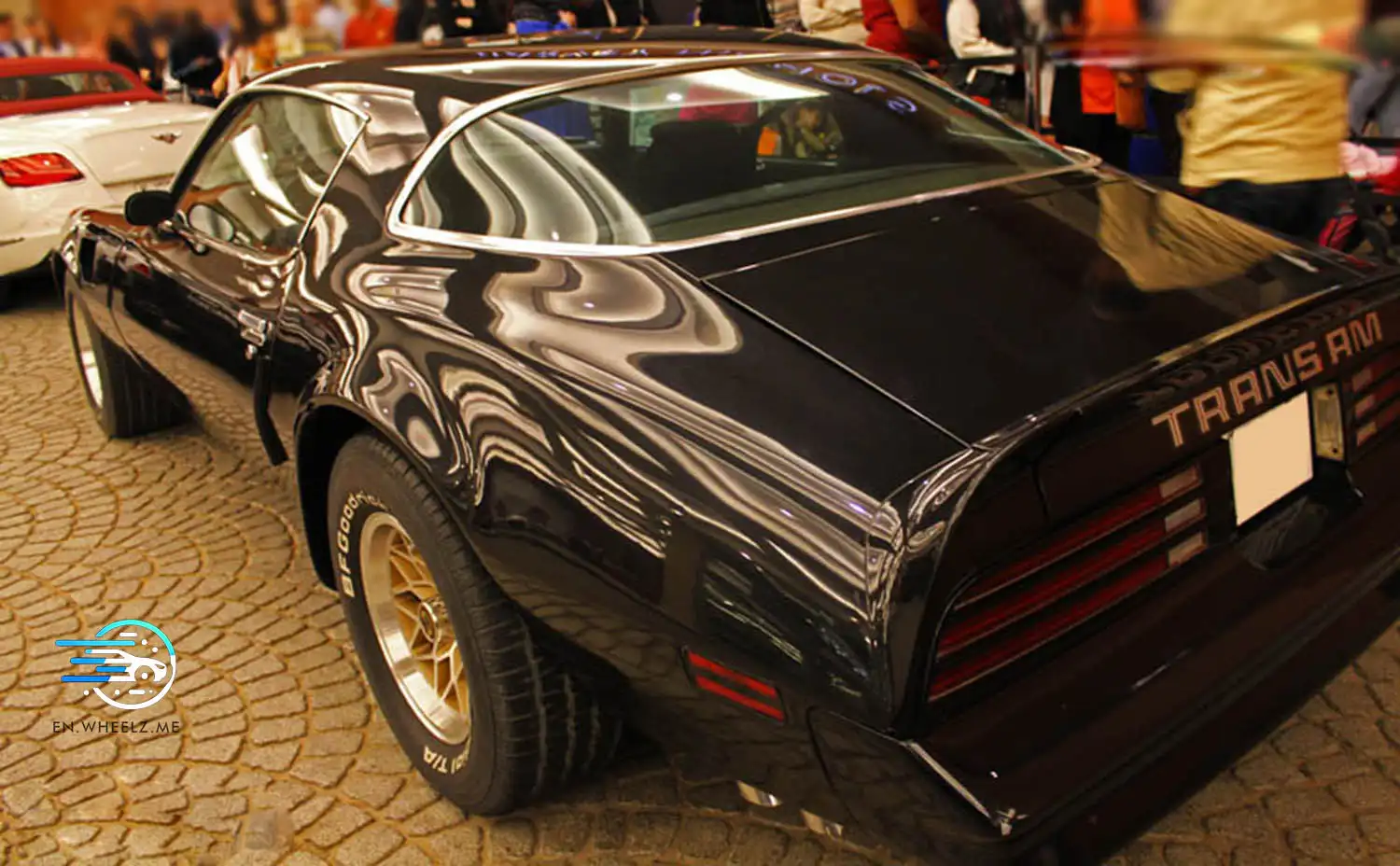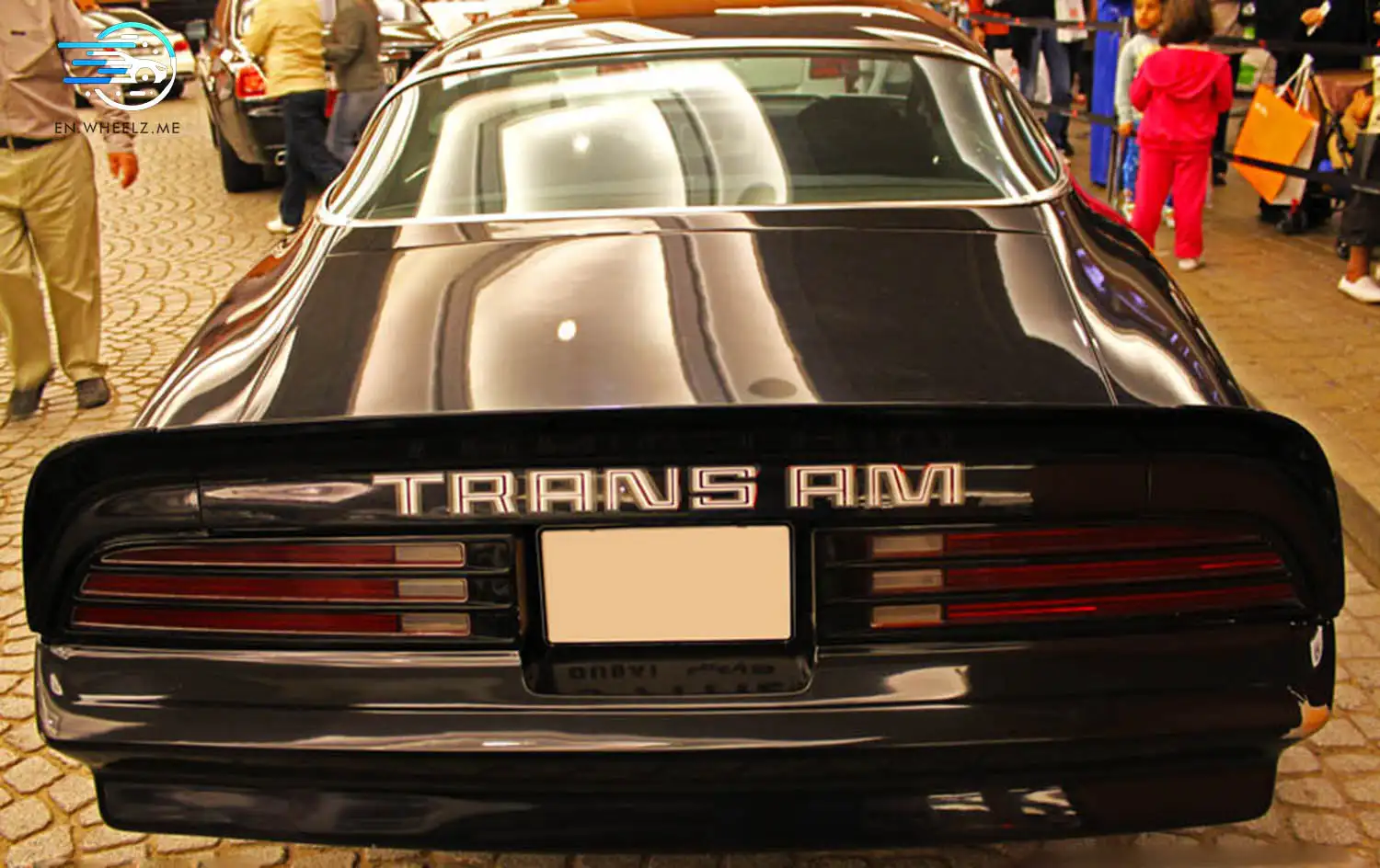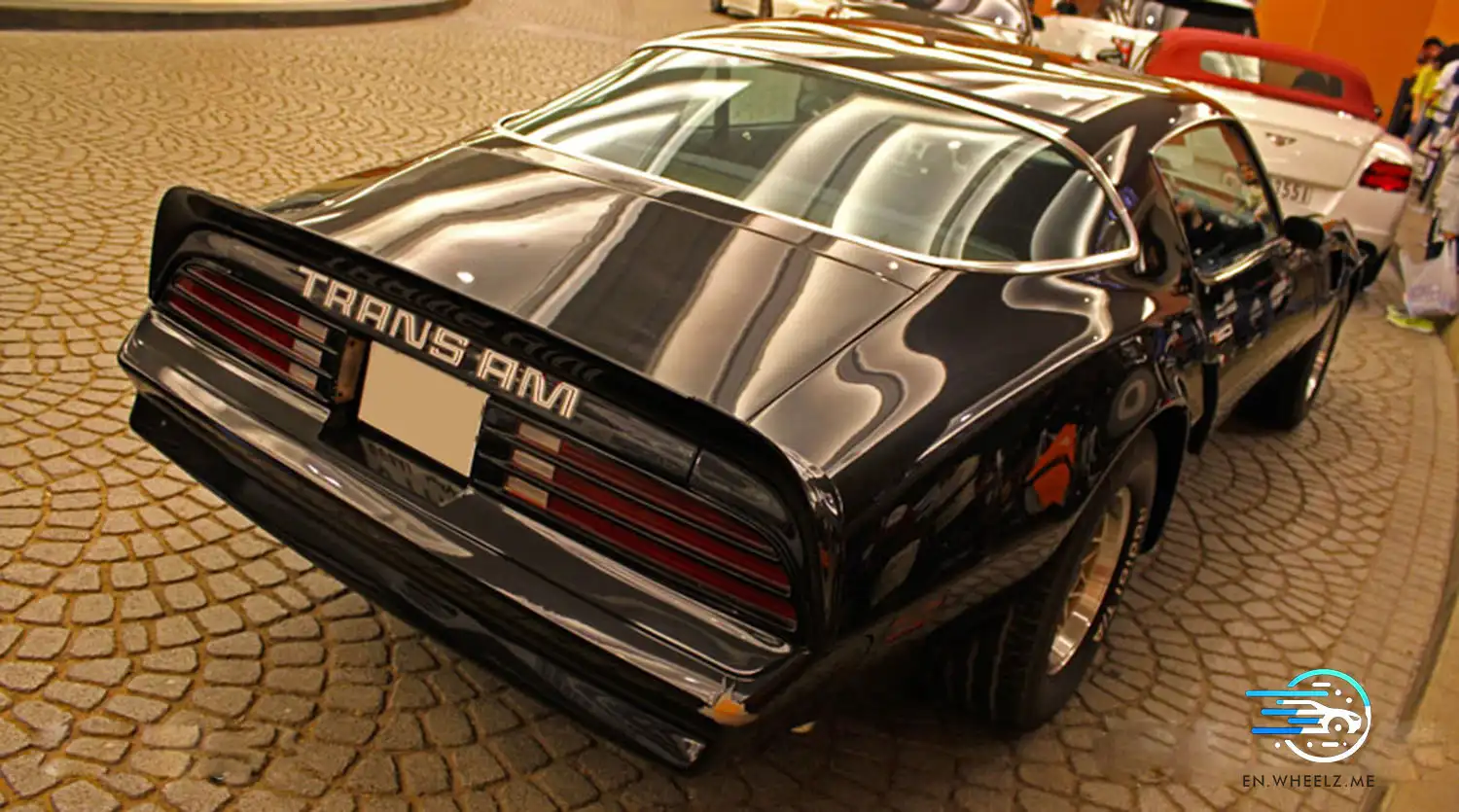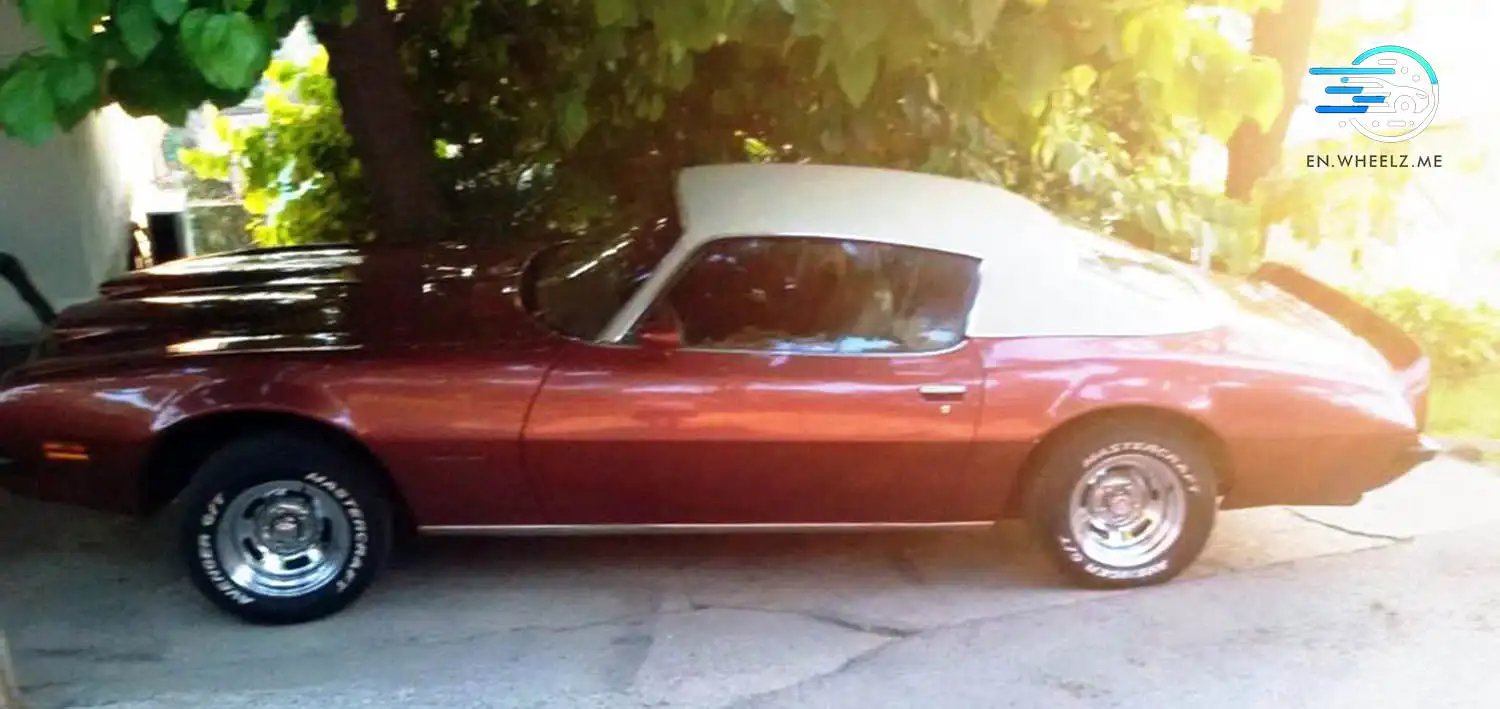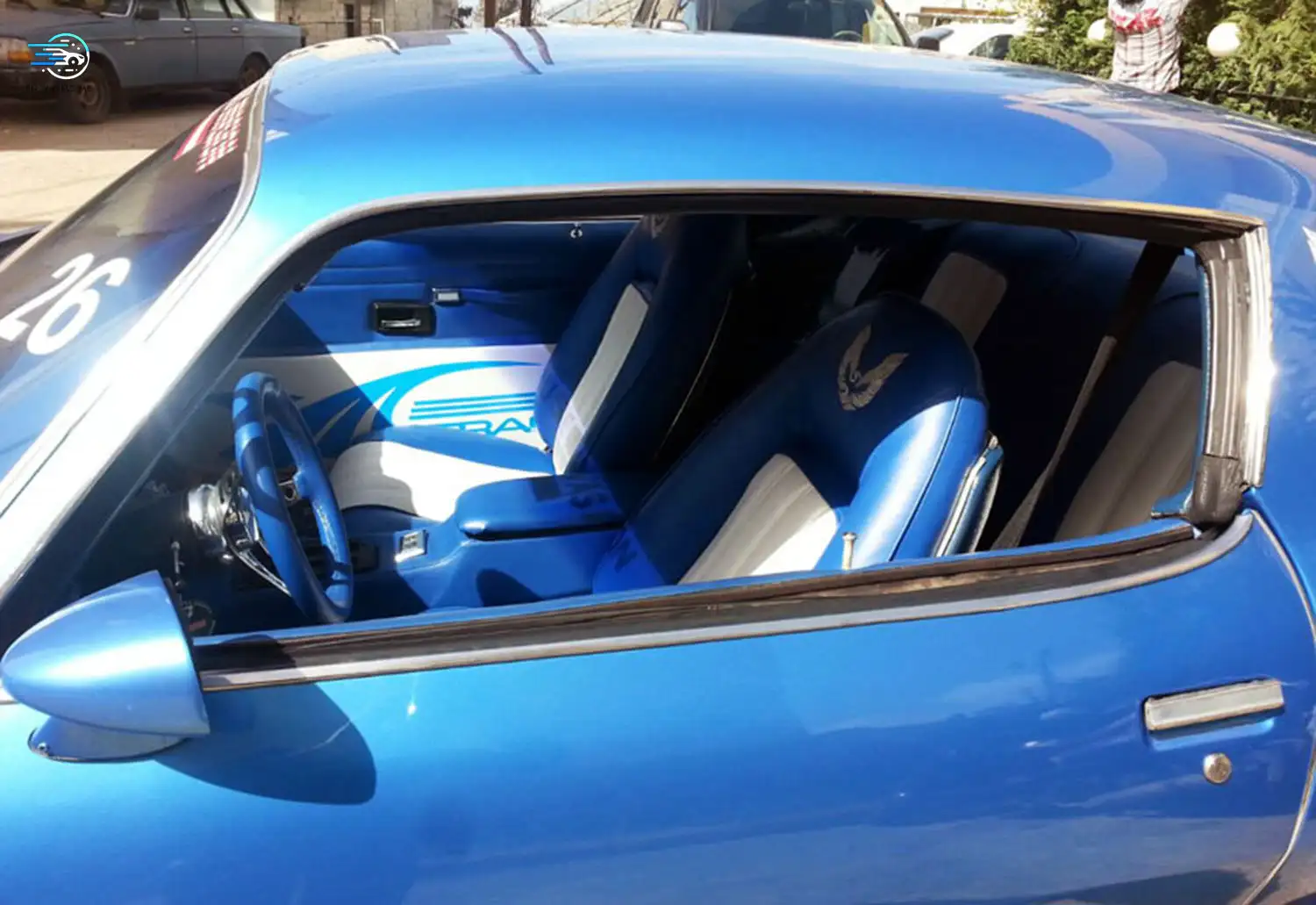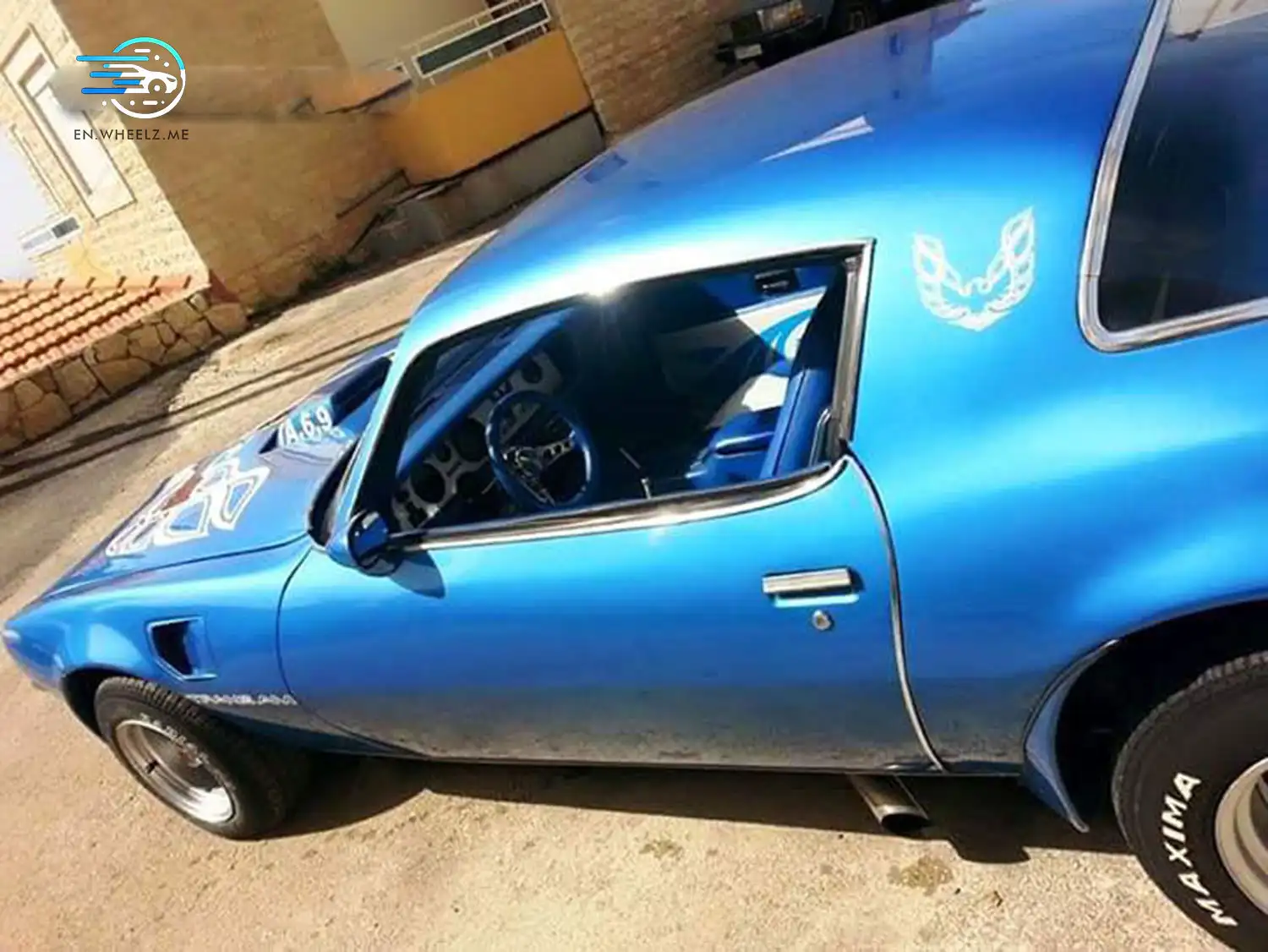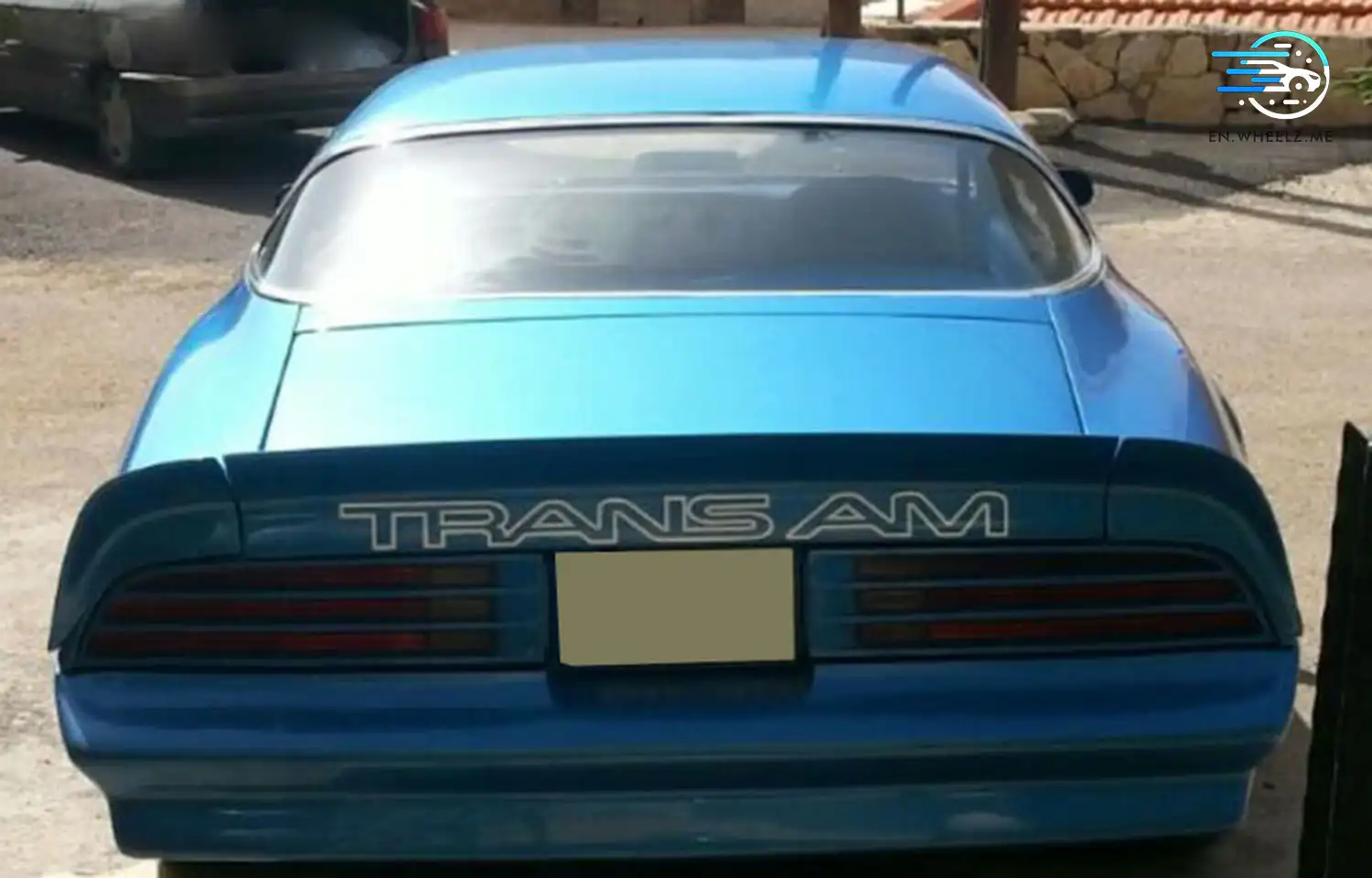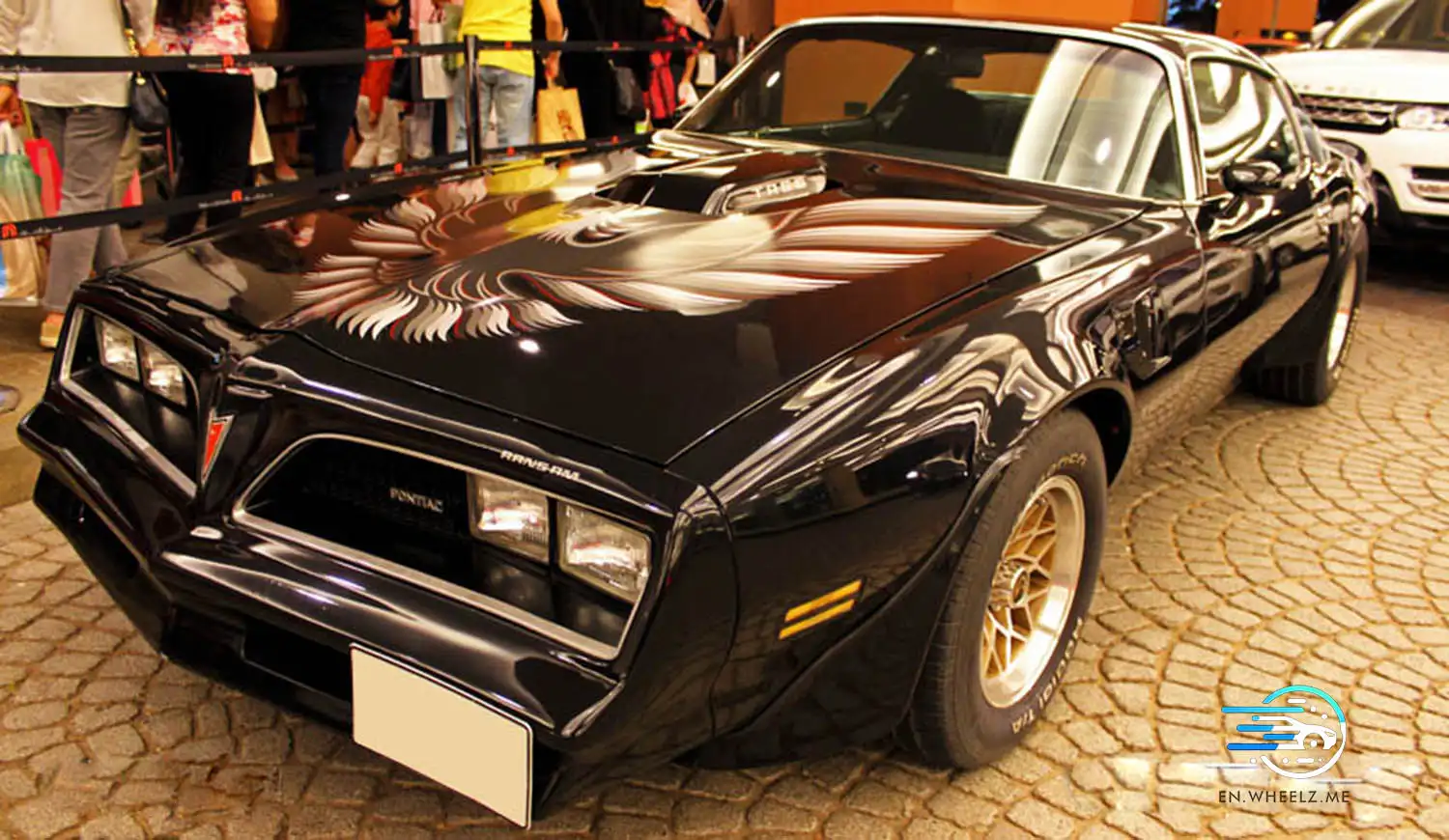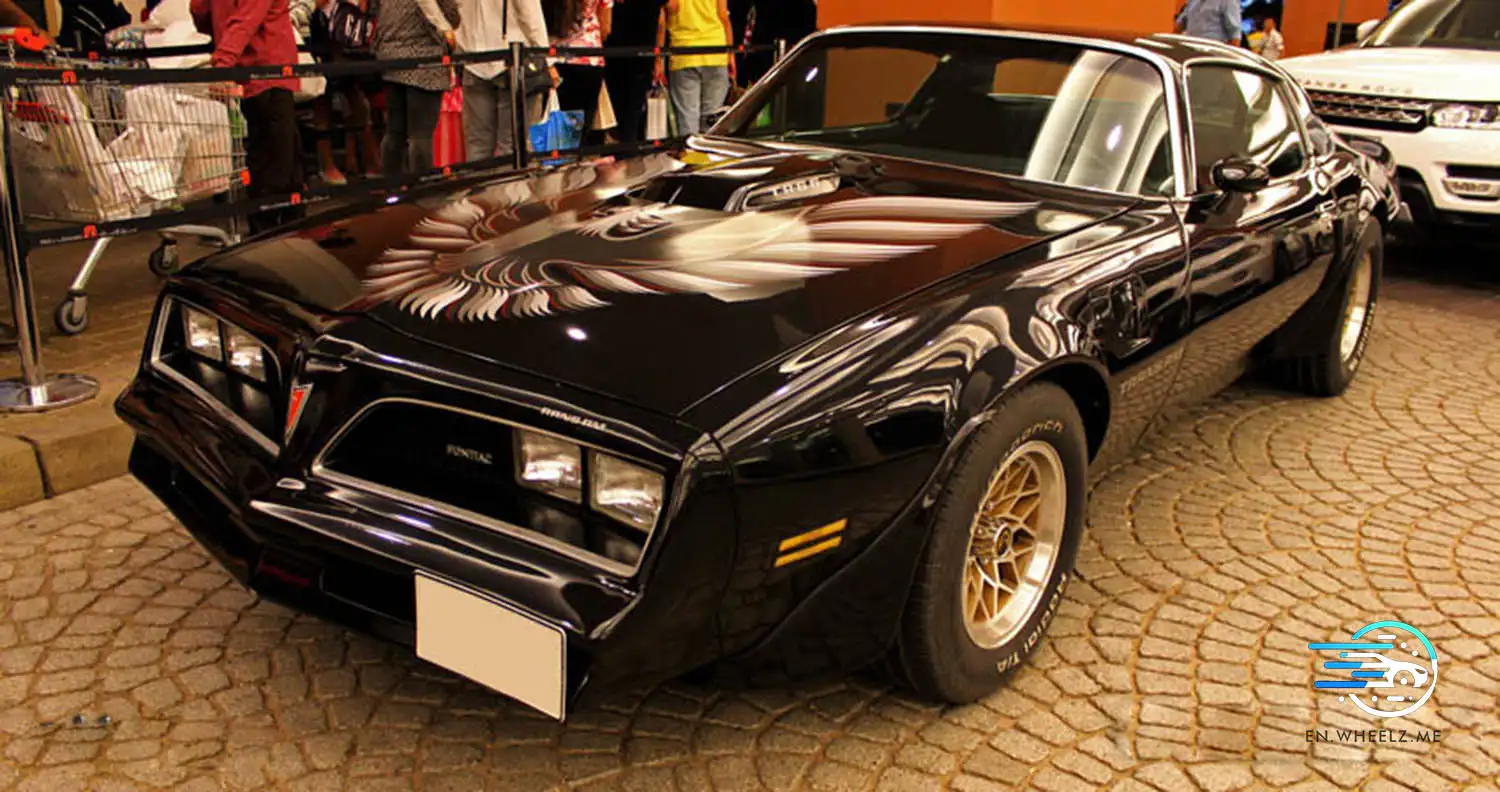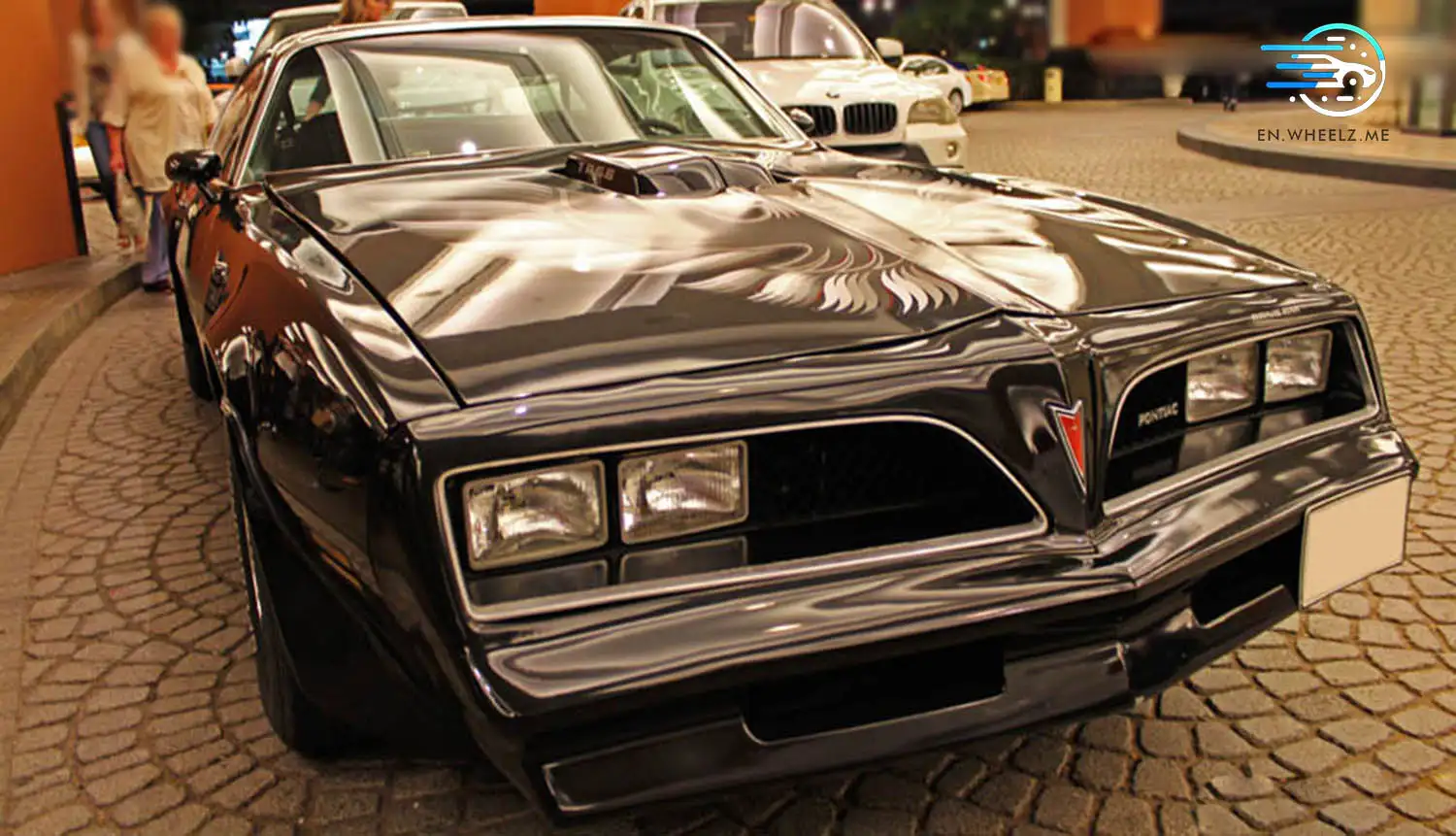
The Pontiac Firebird Trans-Am stands as a symbol of American muscle car prowess, with its Second Generation model holding a special place in automotive history. Born in an era of evolving design trends and stringent regulatory requirements, the Second Generation Firebird Trans-Am emerged as a powerful and iconic vehicle, captivating enthusiasts with its blend of style, performance, and innovation.
History
The journey of the Second Generation Pontiac Firebird Trans-Am began with the inception of the Firebird brand and the subsequent introduction of the Trans-Am variant. Launched amid great anticipation, the Firebird Trans-Am quickly gained recognition for its aggressive styling and formidable performance capabilities. Throughout its production years spanning from 1970 to 1981, the Firebird Trans-Am evolved in response to changing market demands and technological advancements, leaving an indelible mark on the automotive landscape.

Timeline
Spanning over a decade, the production timeline of the Second Generation Firebird Trans-Am saw several notable milestones and transformations. From its debut in 1970 to its final iteration in 1981, each model year brought about refinements, enhancements, and occasional design overhauls, reflecting Pontiac’s commitment to innovation and customer satisfaction.
- 1970: Introduction of the Second Generation Pontiac Firebird Trans-Am, featuring aggressive styling and powerful engine options.
- 1973: Debut of the Super Duty 455 engine option, offering enhanced performance and acceleration.
- 1974: Introduction of the “Colonnade” styling, marking a shift in design direction for the Firebird Trans-Am.
- 1976: Facelifted design with new front and rear styling elements, as well as interior updates.
- 1977: Debut of the Special Edition (SE) package, featuring distinctive graphics and trim.
- 1979: Introduction of the 10th Anniversary Limited Edition Trans-Am, commemorating a decade of Firebird Trans-Am production.
- 1980: Final year for the Second Generation Firebird Trans-Am, with limited changes before the introduction of the Third Generation model in 1982.

Variants
The Second Generation Pontiac Firebird Trans-Am offered a range of models and trim levels to cater to diverse customer preferences. From the base model to high-performance variants, such as the Trans-Am SD-455, enthusiasts had ample choices to suit their driving needs and desires. Special editions and limited-production models further added to the allure of the Firebird Trans-Am, making each iteration a coveted collector’s item.
Under the hood, the Second Generation Firebird Trans-Am boasted an array of powerful engine options, delivering exhilarating performance on both the street and the track. From the legendary Pontiac V8s to the turbocharged powerplants, each engine variant contributed to the Trans-Am’s reputation for blistering acceleration and thrilling driving dynamics. Coupled with advanced drivetrain configurations and precision-tuned suspensions, the Firebird Trans-Am offered an unmatched driving experience.
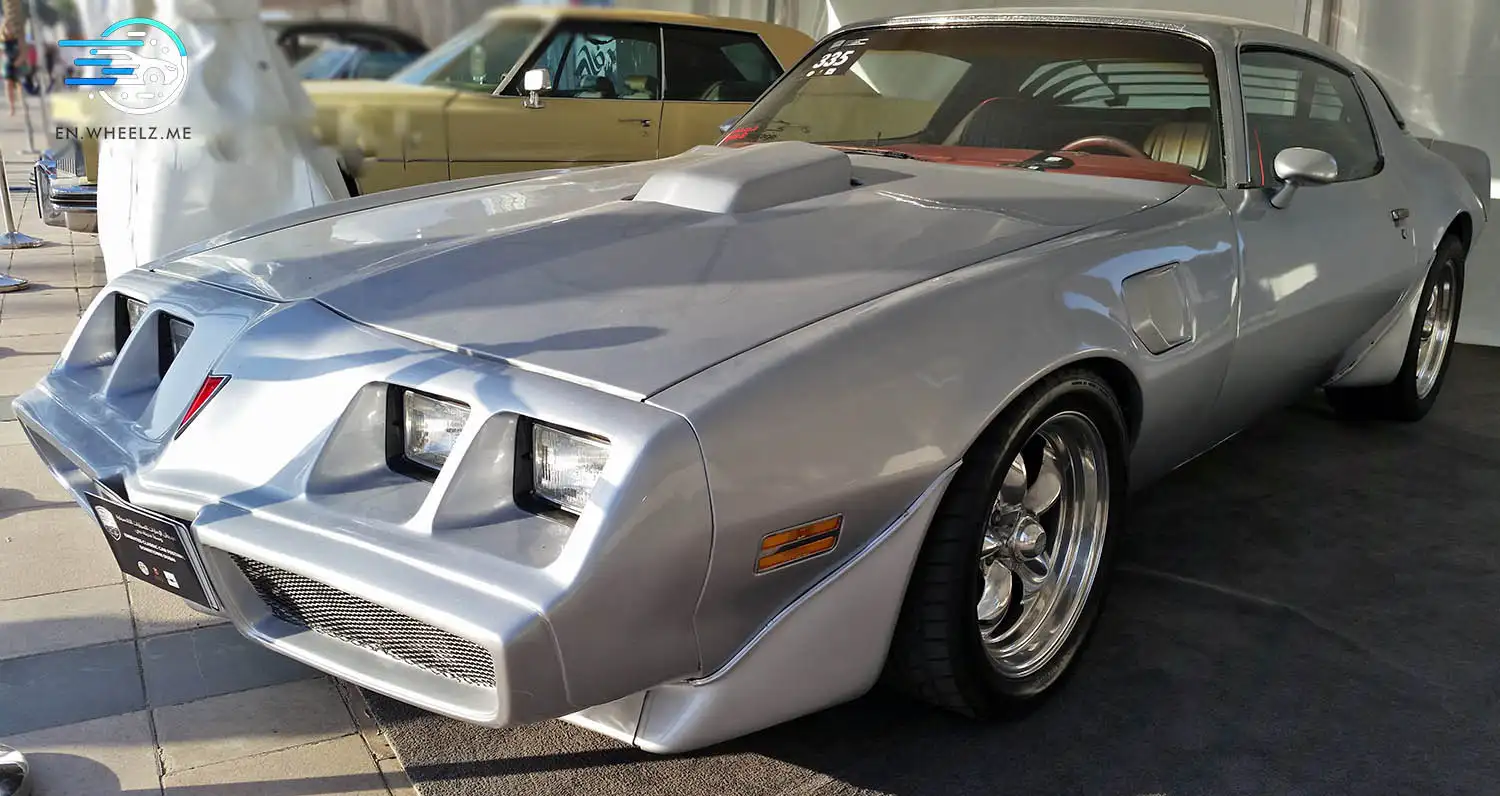
- 1970-1973:
- Base model Pontiac Firebird Trans-Am with various engine options:
- Engine options included V8s ranging from 350 to 455 cubic inches.
- Horsepower ranged from approximately 250 to 310 hp.
- Torque ranged from approximately 345 to 390 lb-ft.
- Performance varied depending on engine choice, with acceleration times ranging from 0-60 mph in 6 to 8 seconds and quarter-mile times in the mid to high 14-second range.
- Base model Pontiac Firebird Trans-Am with various engine options:
- 1974-1976:
- Continued production of base model Trans-Am with similar engine options.
- Introduction of the “Colonnade” styling in 1974.
- Special Edition (SE) package available from 1977 onwards.
- 1977-1978:
- Base model Trans-Am with updated styling elements.
- Special Edition (SE) package introduced in 1977, featuring unique graphics and trim.
- 1979:
- 10th Anniversary Limited Edition Trans-Am:
- Powered by a special edition 6.6-liter (403 cubic inches) V8 engine.
- Horsepower rated at approximately 220 hp.
- Torque rated at approximately 340 lb-ft.
- Performance figures similar to base model Trans-Am.
- Special Edition (SE) package continued.
- 10th Anniversary Limited Edition Trans-Am:
- 1980-1981:
- Final years of production for the Second Generation Firebird Trans-Am.
- Limited changes compared to previous model years.
- Engine options similar to previous years, with slight variations in power output.
- Performance figures remained consistent with earlier model years.
Performance
Renowned for its raw power and dynamic performance, the Second Generation Pontiac Firebird Trans-Am garnered praise from automotive critics and enthusiasts alike. With impressive acceleration, responsive handling, and a distinct exhaust note, the Trans-Am captivated drivers with its exhilarating performance on the open road and the race track. Whether cruising along the highway or conquering the quarter-mile, the Firebird Trans-Am never failed to deliver an adrenaline-filled ride.
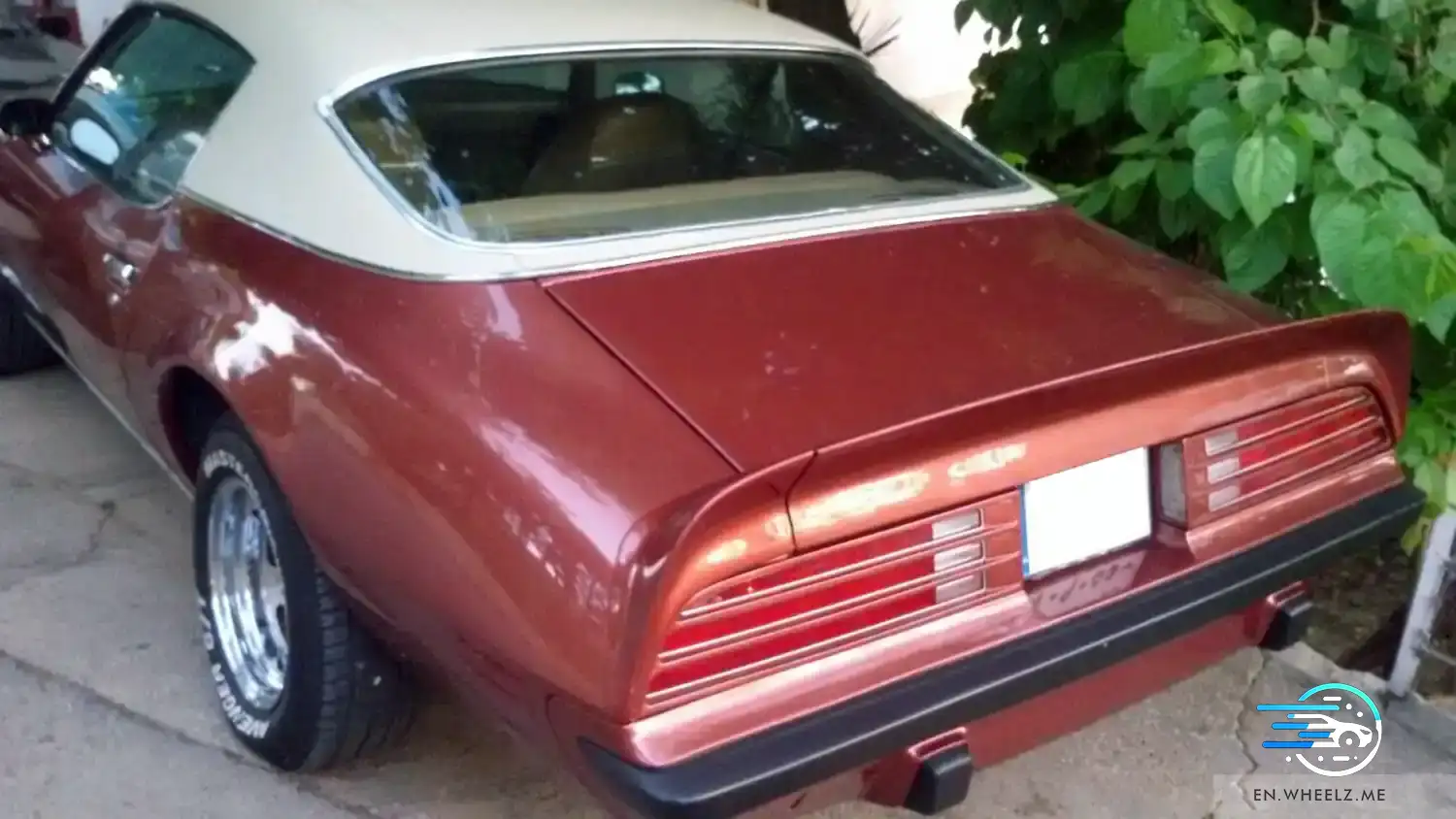
While the Second Generation Pontiac Firebird Trans-Am was primarily known as a high-performance street car rather than a dedicated racing machine, it did have some notable motorsport achievements:
- Trans-Am Series: The Pontiac Firebird Trans-Am had a presence in the SCCA Trans-Am Series, a popular racing series in North America. While the First Generation Firebird Trans-Am was more competitive in this arena, the Second Generation model still participated in various races and contributed to Pontiac’s racing legacy.
- NASCAR: Although not as prominent in NASCAR as some other models, the Firebird Trans-Am did make appearances in NASCAR’s Grand National and Winston Cup Series during the 1970s. While it didn’t achieve the same level of success as other models, it still left its mark on the NASCAR scene.
- Drag Racing: The Firebird Trans-Am, especially the high-performance variants like the Super Duty 455, gained popularity among drag racers. Modified Firebirds competed in various drag racing events, showcasing their straight-line speed and acceleration capabilities.
- Road Racing: While not as prevalent in road racing as some European sports cars, the Firebird Trans-Am participated in various amateur and club-level road racing events. Enthusiasts and privateer teams often campaigned Firebirds in road courses across the country.

Legacy and Impact
Beyond its prowess on the road, the Second Generation Pontiac Firebird Trans-Am left a lasting legacy that transcended the automotive realm. Its iconic design, spirited performance, and cultural significance cemented its status as a symbol of American muscle car heritage. From its appearances in movies, TV shows, and music videos to its enduring popularity among enthusiasts, the Firebird Trans-Am continues to captivate hearts and minds, ensuring its place in automotive history.
In conclusion, the Second Generation Pontiac Firebird Trans-Am remains an enduring icon of American automotive engineering and design. With its blend of style, performance, and innovation, the Trans-Am captured the essence of an era and continues to inspire generations of enthusiasts. As we reflect on its storied history and remarkable achievements, one thing remains clear: the Pontiac Firebird Trans-Am will forever hold a special place in the hearts of those who appreciate the thrill of the open road and the roar of a powerful V8 engine.
This Article use tools from Chatgpt
